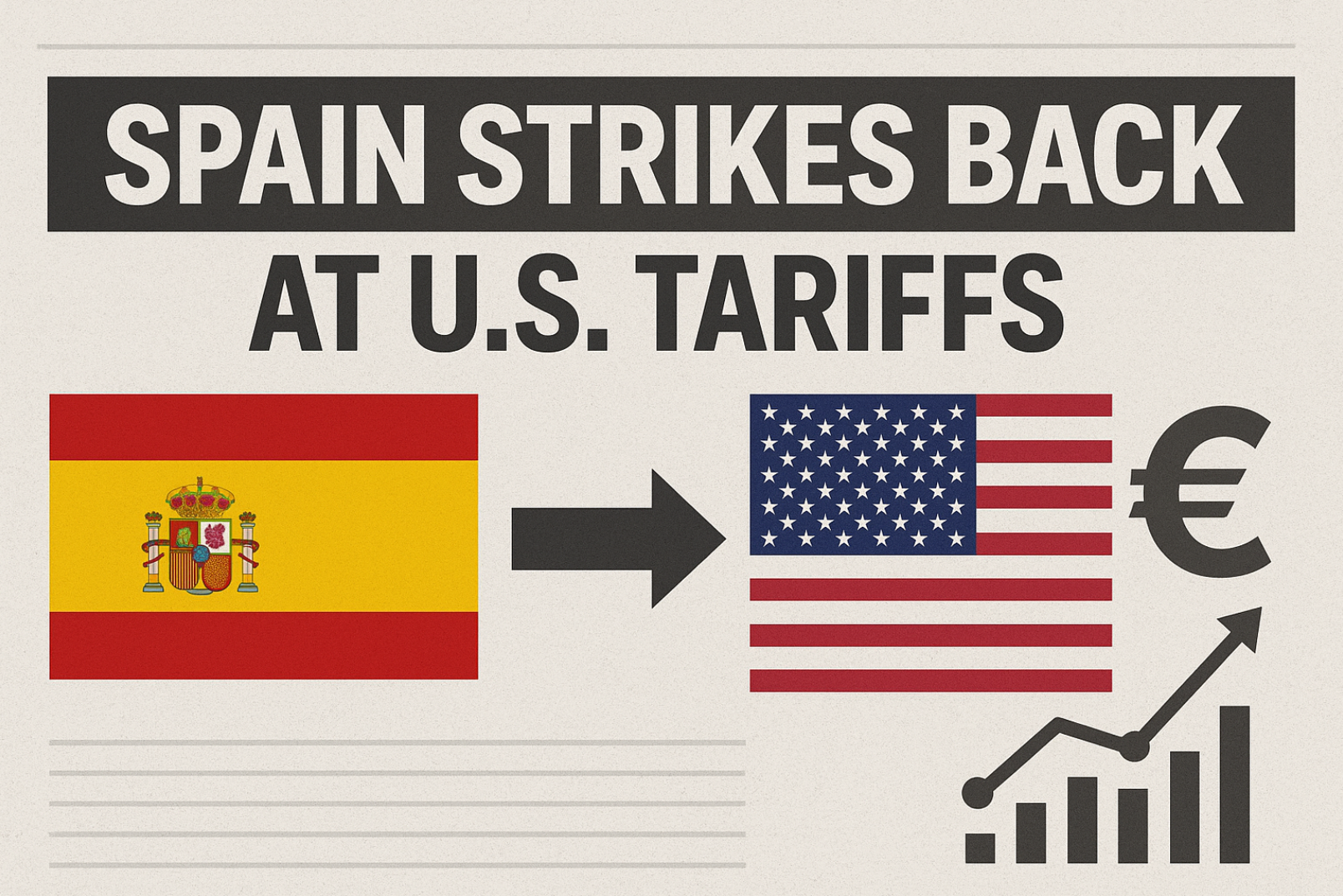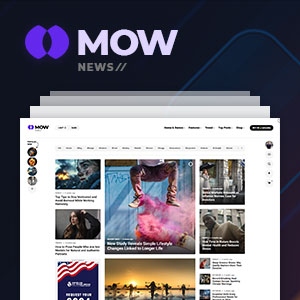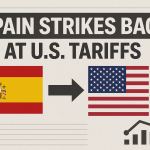Embarking on the journey to create your own app might seem daunting, especially if programming isn’t your strong suit. But with the rise of no-code and low-code platforms, turning your innovative ideas into functioning apps has never been more accessible. Whether you're an aspiring entrepreneur, a small business owner, or simply someone with a creative vision, understanding the initial steps can help you navigate this exciting process with confidence. The first thing to consider is clearly defining what you want your app to achieve. Think about the problems you aim to solve or the needs you want to fulfill. Are you creating a tool to streamline your business operations, a platform to connect users, or perhaps a fun, interactive experience? Having a clear goal will guide your decisions throughout the development process and help you select the right tools. Next, it’s important to sketch out the basic structure of your app. This doesn’t have to be a detailed technical blueprint but rather a simple outline of features and how users will interact with them. Consider creating wireframes—a visual guide representing the layout and flow of through different screens. Many no-code tools provide drag-and-drop interfaces where you can quickly create these wireframes, making it easier to visualize your app’s design before jumping into development. Choosing the right no-code platform is a vital step. There are numerous options available, each with its own strengths and limitations. Platforms like Bubble, Adalo, Thunkable, and Glide often cater to different kinds of apps, from simple mobile tools to complex web applications. Factors to consider include the types of features you need, the level of customization, ease of use, and your budget. Most platforms offer tutorials, templates, and community support, which can be invaluable as you learn the ropes. Once you've selected a platform, familiarize yourself with its interface and capabilities. Many providers offer extensive tutorials or free trials—taking advantage of these resources can help you become comfortable navigating the environment. As you build, focus on creating a minimum viable product (MVP)—a basic version of your app that includes core features. This approach allows you to test your idea early, gather feedback, and make improvements without investing endless time and resources upfront. Throughout this process, don’t be afraid to experiment. The beauty of no-code tools is that they facilitate rapid prototyping and iteration. You can test different layouts, tweak functionalities, and see real-time results. Remember, the initial version doesn’t need to be perfect; its purpose is to validate your concept and refine your vision based on user feedback. Finally, think about deployment and promotion. Once your app is ready, most no-code platforms provide options to publish it directly to app stores or host it online. Promote your creation through social media, email campaigns, or your existing network to start building an audience. Keep in mind that creating an app is an ongoing process—updating features, fixing bugs, and improving user experience are all part of the journey. In essence, the first steps toward creating your own app without coding involve defining your goals, planning your app’s structure, choosing the right tools, and embracing an iterative mindset. With patience and curiosity, you can transform your ideas into functional applications, opening new doors for innovation and growth—all without writing a single line of code.
In today’s fast-paced digital world, the clutter of countless apps, notifications, and complex interfaces can often feel overwhelming. Many individuals and organizations find themselves caught in a constant cycle of switching between tools, hoping to increase productivity but ultimately feeling more distracted and less focused. This phenomenon underscores a simple yet powerful truth: sometimes, less truly is more. Embracing minimalism in digital tools isn’t just about aesthetic preference; it’s a strategic approach to fostering clearer thinking, reducing cognitive load, and streamlining daily tasks. When digital environments are simplified, users can concentrate on what truly matters—whether that’s completing a project, engaging with meaningful content, or maintaining mental well-being. Minimalist tools prioritize essential functionalities, eliminate unnecessary features, and create a seamless user experience that minimizes distractions. By stripping away the superfluous, these tools help users establish better habits, encourage intentional usage, and ultimately, turbocharge productivity. Instead of multitasking across a dozen cluttered apps, a minimalist approach encourages users to focus on fewer, more effective tools that serve specific purposes efficiently. This not only reduces the mental fatigue associated with managing multiple platforms but also cultivates a sense of calm and control. The benefits extend beyond individual users; teams and organizations can also experience improved collaboration and communication when they adopt a minimalist digital ecosystem. Simplified workflows lead to clearer goals, less miscommunication, and more cohesive teamwork. As technology continues to evolve, the trend toward minimalism reflects a broader understanding that quality, simplicity, and intentionality are key drivers of productivity and well-being in our increasingly digital lives. By choosing fewer, thoughtfully designed tools, we can reclaim time, mental clarity, and energy—tools that ultimately empower us to do more with less.
In today’s fast-paced world, learning new skills has become more essential than ever, whether it’s picking up a new language, mastering a musical instrument, or developing professional competencies. But with limited time and countless distractions, how can you accelerate your progress without feeling overwhelmed? The answer lies in the power of micro-habits—small, consistent actions that, over time, create remarkable change. These tiny habits may seem insignificant on a day-to-day basis, but they accumulate, reinforcing positive behaviors and embedding new skills into your routine more effectively than sporadic, intensive efforts could. One of the core ideas behind micro-habits is that they lower the barrier to starting. Instead of committing to hours of practice or study, you set a manageable goal—say, practicing for just five minutes a day or reviewing a single vocabulary word each morning. Over time, these brief but habitual actions build momentum. The real magic is in consistency; doing a little every day creates a rhythm that reinforces learning, boosts confidence, and minimizes burnout. Plus, by focusing on small wins, you cultivate an intrinsic motivation that keeps you going even when motivation wanes. Another significant benefit of micro-habits is their ability to integrate seamlessly into your existing routines. Want to improve your public speaking skills? Try recording a one-minute speech during your lunch break or practicing deep breathing exercises before meetings. Looking to learn a new language? Spend five minutes reviewing flashcards during your commute or at the coffee shop. These tiny, targeted actions become part of your daily life, making skill development feel natural rather than burdensome. Furthermore, micro-habits foster resilience because they eliminate the all-or-nothing mindset. If you miss a day or two, it’s not a catastrophe—your habits are small enough to quickly pick up again without guilt. This flexibility alleviates the fear of failure and encourages a growth mindset, which is critical for sustained progress. Over time, these small consistent efforts lead to impressive mastery, as each micro-habit compounds on the last. In addition, combining micro-habits with tracking tools or accountability partners can amplify their effectiveness. Using a habit-tracking app, for example, helps visualize your progress and provides a sense of achievement. Partnering with a friend or joining a community creates social accountability that motivates you to stick with your small daily actions. In essence, small actions, repeated daily, transform the daunting process of mastering new skills into an accessible, manageable journey. By leveraging micro-habits, you can steadily build your competencies, remain motivated, and ultimately reach your learning goals faster than you might think. Instead of overhauling your schedule or making exorbitant commitments, focus on those tiny, intentional steps—because in the realm of skill mastery, small is powerful.
Artificial intelligence has quietly crept into our daily routines, revolutionizing the way we learn, teach, and access information. From personalized study apps to adaptive language learning platforms, AI-driven tools are transforming education in ways that were once thought impossible. These innovations are not just replacing traditional methods; they are enhancing them, making learning more accessible, engaging, and tailored to individual needs. Take, for example, language learning applications like Duolingo or Babbel. Gone are the days of static vocabulary lists and rigid grammar exercises. Now, these platforms harness AI algorithms to analyze user performance in real-time, adjusting lessons dynamically to focus on areas of weakness and reinforce strengths. The result is a highly personalized experience that accelerates language acquisition and maintains user motivation through gamified content and instant feedback. Educational content itself is also evolving. AI-powered content recommendation engines curate tailored reading materials and resources based on a learner's interests, prior knowledge, and learning pace. Platforms such as Khan Academy utilize machine learning to suggest exercises that address specific gaps, thus providing a customized pathway for each student. This level of personalization not only improves engagement but also helps learners build confidence as they see progress aligned with their individual goals. In schools and universities, AI tools are increasingly used to support teachers and administrators. Automated grading systems, for example, can evaluate essays or multiple-choice tests with remarkable accuracy, saving educators countless hours. These systems also analyze data to identify students who may be struggling, allowing for early intervention. Such proactive measures can help ensure no student falls behind, fostering a more inclusive and effective learning environment. Furthermore, AI-driven virtual assistants and chatbots are becoming commonplace in educational settings. They can answer students’ questions instantly, provide explanations on complex topics, or guide learners through difficult concepts outside of classroom hours. This 24/7 support makes education more flexible, accommodating different schedules and learning paces. Beyond formal education, AI is making a significant impact on lifelong learning and skill development. Platforms dedicated to professional upskilling leverage AI to recommend courses that align with a user’s career aspirations and current skill set. They analyze job market trends and personal performance data to suggest the most relevant learning paths, empowering individuals to adapt to changing industry demands efficiently. Despite these exciting advancements, challenges remain. Ensuring data privacy, mitigating biases in AI algorithms, and maintaining human oversight are critical concerns. As AI becomes more integrated into educational tools, it’s essential to strike a balance that respects individual privacy and promotes equitable access for all learners. In summary, artificial intelligence is transforming everyday learning tools by providing personalized, accessible, and efficient pathways to knowledge. It’s bridging gaps long faced by traditional education systems and opening new avenues for lifelong learning, making education more adaptable to the needs of the modern world. As technology continues to evolve, so too will the ways we learn, teaching us that the future of education is intelligent, inclusive, and dynamic.
- 1
- 2



















